Medical records and medical education material can easily be converted to PDF formats, but what are the advantages? Why should such documents be converted to PDF in the first place when their other electronic counterparts are equally efficient? The truth is, PDF is possibly the most efficient file format of all, for several reasons that we’ll outline in this article. Converting scanned image files or medical education courseware into PDF is not only easy but will allow the files to be managed in a number of effective ways. First, let’s look at the process involved in converting medical files, records, and educational material into PDF documents.
Part 1. How to Convert Medical Records and Courseware to PDF Files
The conversion of medical documents to PDF involves three distinct steps that must be executed in sequence: Preparation, Conversion, and Review. Each step is crucial because it needs to have accuracy as its central focal point. In addition, the process needs to be fast in order to enhance productivity. Finally, a manual element must be involved to rectify machine-made errors that may affect the quality of the final output. So let’s look at the three processes in some detail:
1. Preparation
This phase involves scanning or taking photographs of physical documents for the purpose of digitization. For this part of the process, use high-resolution settings on your scanner. This should also include setting contrast to the highest level on the scanner or using photo enhancement techniques in case you’re photographing them. This is important because the next process of conversion to PDF will be more accurate if you follow this advice.
2. Convert Medical Records and Courseware to PDF with PDFelement
Materials such as medical records and courseware are usually paper documents in daily life. To view, save or share better, many people need an efficient converter to convert these paper pictures or files into digital PDF documents.
Wondershare PDFelement - PDF Editor Wondershare PDFelement Wondershare PDFelement can accurately convert image-based files or images into PDF files. For example, suppose your scanner is hooked up to the same desktop computer that PDFelement is installed on. In that case, you can directly scan a document to PDF, saving you the preparatory step and a lot of time, especially when working with huge documents with hundreds of pages. You can also convert a medical record or courseware file to PDF by opening it in PDFelement, as shown below.
Step 1: Open PDFelement and go to "Create PDF". Then you can choose your target medical record image or file of other formats.
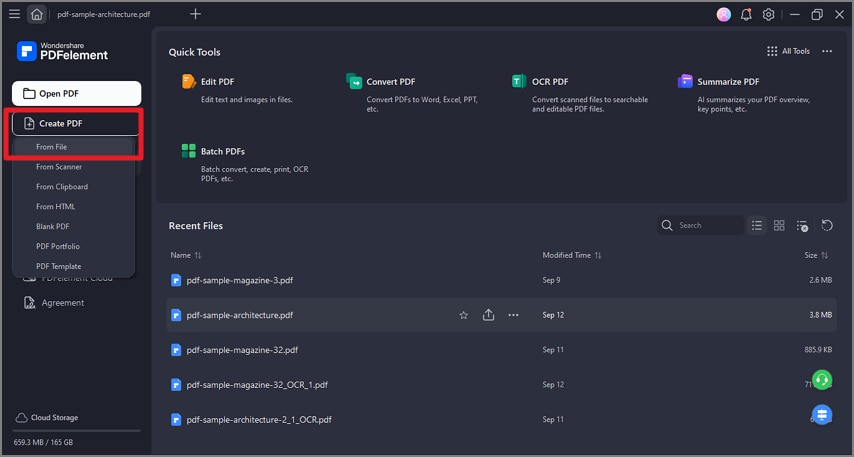
Step 2: After you select and open the file, PDFelement will automatically convert it to a PDF.
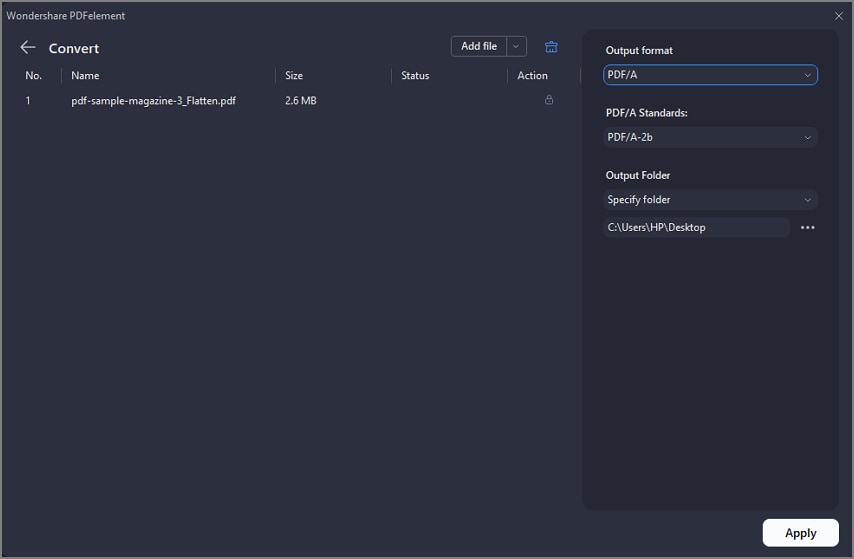
Step 3: You will get a newly generated PDF file, and you can edit, annotate, sign, then save it.
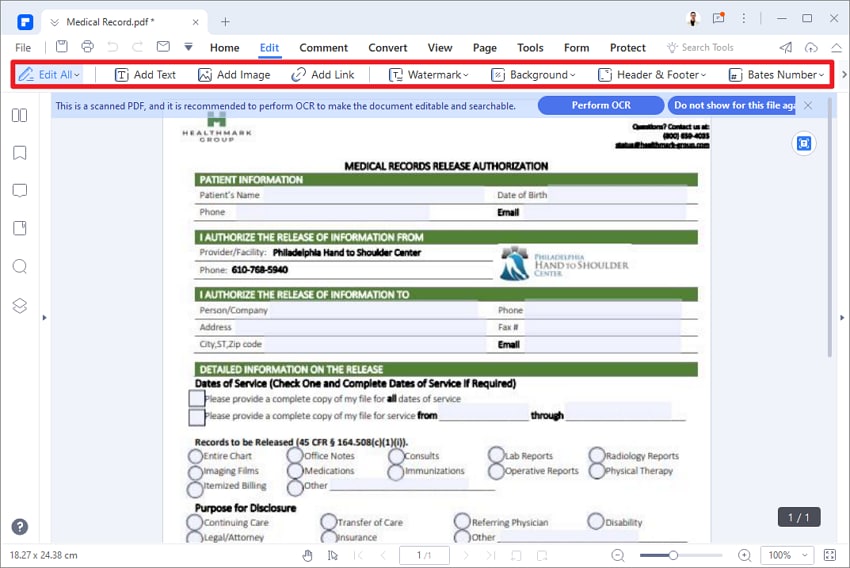
File Types |
Supported Formats |
| Word to PDF | DOC to PDF, DOCX to PDF, DOT to PDF |
| Excel to PDF | XLS to PDF, XLSX to PDF, CSV to PDF |
| PPT to PDF | PPT to PDF, PPTX to PDF |
| Images to PDF | JPG to PDF, JPEG to PDF, PNG to PDF, ICO to PDF, PUB to PDF, VSD to PDF |
| Other Files to PDF | HTML to PDF, XML to PDF, RTF to PDF |
In addition, once files are scanned to PDF using PDFelement, you can perform OCR to digitize the document and make it searchable or editable. This is the biggest benefit of using PDFelement to convert medical records, medical courseware, and other material to PDF.
3. Review
The review process is crucial because no matter how accurate OCR is, it’s not perfect. In order to remove errors and inconsistencies, a manual review of all converted documentation is essential. This manual review should involve careful reading of the material to make corrections and suggestions for change. PDFelement allows users to do this with an extensive toolkit of annotation tools for highlighting content, adding shapes, using text callouts, placing sticky notes, underlining text, etc. Not only does this allow the review to be thorough, but it also allows multiple people to comment, respond, and arrive at a conclusion on edits to be made before the document is finalized for archiving, printing, and other purposes.
Part 2. Advantages of Using PDF for Medical Education
Teaching medical concepts becomes easier when the underlying courseware is digitized. This gives medical students the freedom to view the material on any device of their choosing - laptops, tablets, smartphones, desktops, etc. The extent of studying that medical students do requires this sort of flexibility, and PDF can provide this because it can be displayed consistently across any device type or operating system, thereby letting the student study in class, in their dorm room, or on the go.
There are also several other advantages to using PDF for medical education courseware:
1. Comprehensive content support
PDF documents can include virtually any type of content, including text, images, hyperlinks, annotations, embedded audio and video content, etc. In addition, practically any type of document file format can be converted to PDF, such as Word files, Excel sheets, PowerPoint presentations, JPG images, etc.
2. Conducive to interactive communication
The extensive annotation tools help students and teachers communicate on assignments, tests, and such documents. They can make notes, respond to comments, add critiques, etc. to make the communication flow better.
3. Simplifies in-depth teaching
Complicated concepts in medicine can be taught easily in a remote environment because of the collaborative nature of PDF annotations. Files can be easily shared online after reviews are done so students can receive direct input on their work from their teachers regardless of whether they’re attending in-person classes or virtual sessions.
4. Annotations are clear and can be hidden
Annotations not only help enrich the value of a document but can also be hidden for printing. The double-layer nature of PDFs allows annotations to be excluded from viewing, printing and exporting, which keeps the original document and its contents intact but also allows annotations to be printed or exported when required.
5. Content navigation using bookmark directories
Bookmark directories enable easy navigation through large documents. They also enhance the PDF reading experience by providing quick-jump links to the various sections of a medical textbook or any type of organized content. PDFelement also offers a thumbnail view so you can preview a page before jumping to it directly.
As you can see, there are several advantages of using the PDF format to maintain medical records and for medical education material. They can also be used to create PDF case files for patients by digitizing individual documents and consolidating them into a single PDF file that’s easy to navigate and search for specific content.
Part 3. Try PDFelement for Creating PDF Cases
A PDF case will essentially contain all relevant information pertaining to the medical history of a patient. This will include everything from old vaccination reports to current medical scan images, prescriptions, courses of treatment, diagnostic reports, and so on. PDFelement offers all the features needed to create and maintain such PDF cases, as outlined below:
Create PDF - Any physical document can be scanned into PDF or converted into PDF and saved as an electronic document.
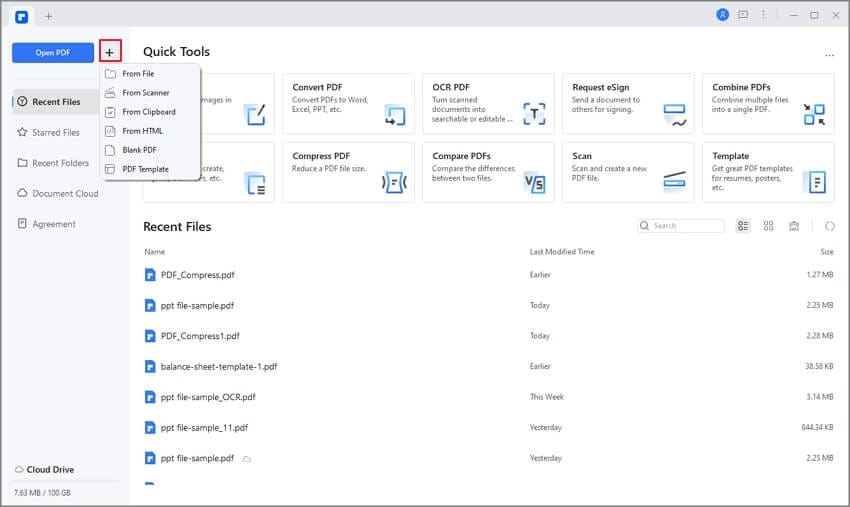
Annotate PDF - Special notes, highlighting, etc. can be implemented to make reports easier to read and for the medical professional to add specific comments on the patient and their condition.
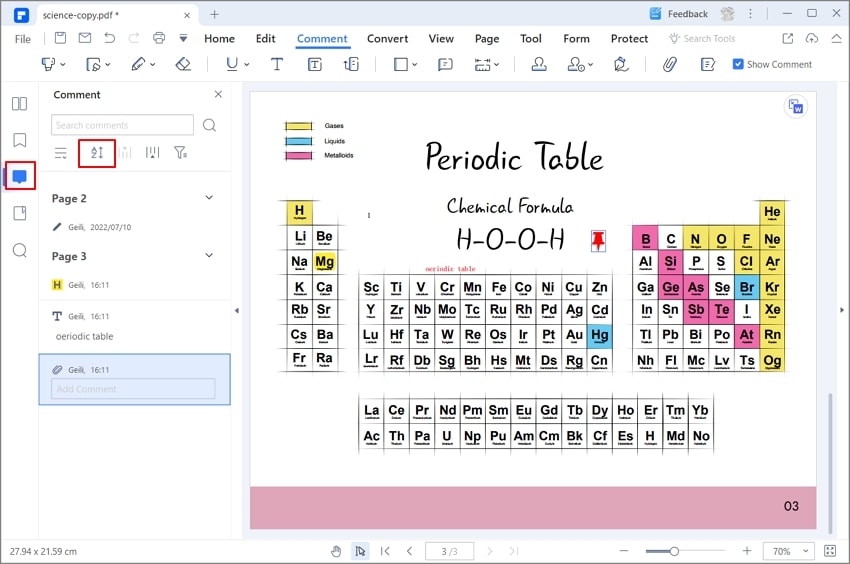
OCR - Text-based images and non-interactive PDF files with text can be converted into searchable or editable PDFs with a high degree of accuracy and in as many as 20 or more languages.
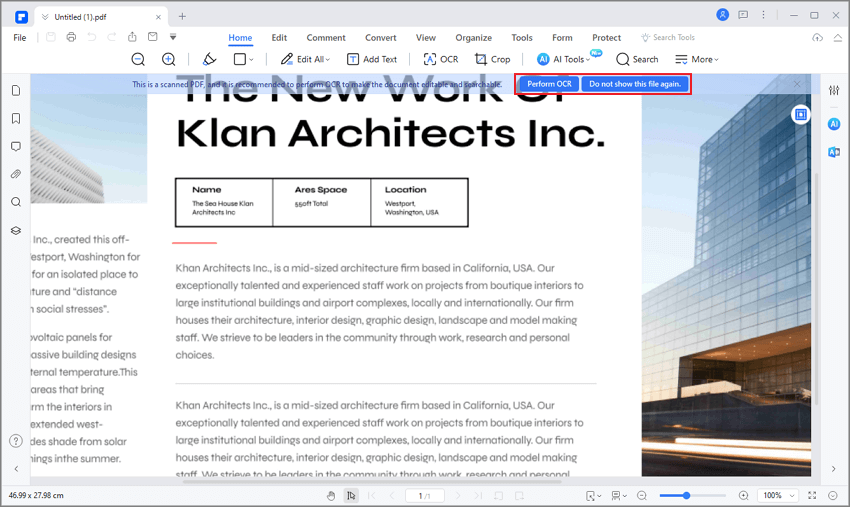
File Organizing - Converted case documents can be consolidated into a single file, keeping all the information in a centralized format that can be shared and collaborated on.
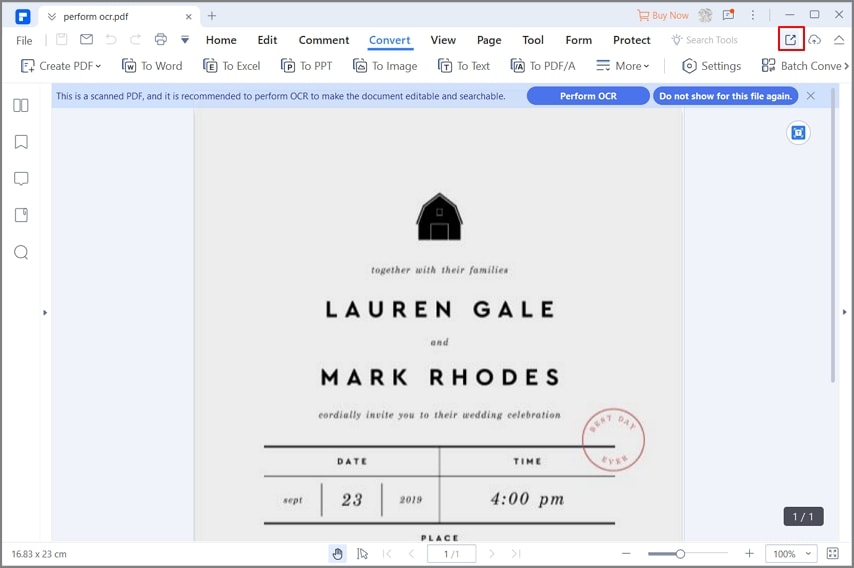
Page Organizing - Individual pages can be added to or removed from the patient’s PDF case file, page orders can be changed, and page orientation can be corrected to remove inconsistencies that may have crept in when compiling the document.
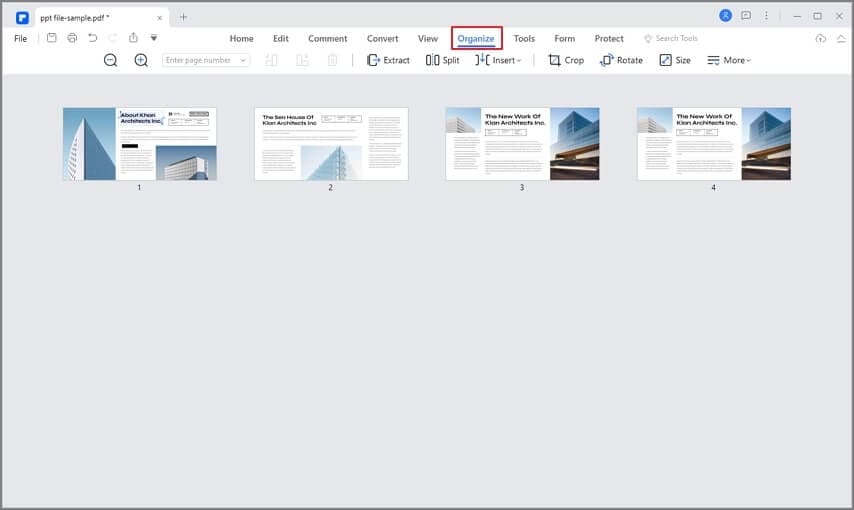
Batch Process - Conversion of files can be done in batches to save time. Other batch processes in PDFelement include data extraction, file encryption, adding watermarks, adding Bates Numbering, etc.
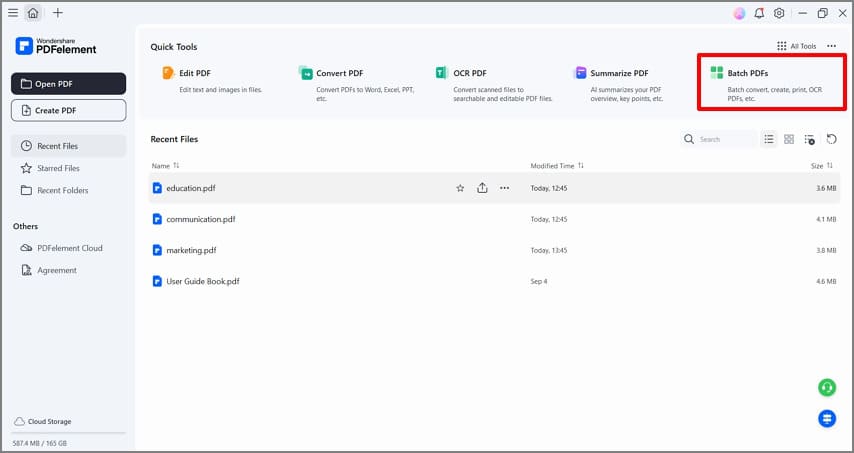
Encryption - PDFelement can secure medical case files with passwords to prevent unauthorized viewing or to restrict copying, printing, and editing. This ensures that the integrity of the patient’s data is never compromised or accessible to anyone other than the patient and their licensed caregivers.
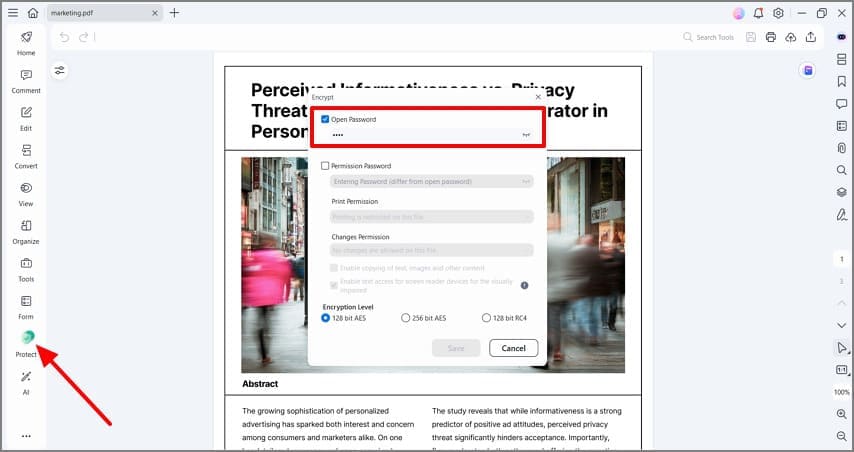
Forms Management - PDF forms such as outpatient registration can be made simple using PDFelement to create forms, fill them out, and sign them using an electronic signature or a digital signature. Once digitized, the data from these forms can be extracted into a spreadsheet for record-keeping.

In Conclusion
Medical documents can often be sensitive and confidential to a few people. On the other hand, medical education material such as courseware is intended for wide distribution. So how do you have a unified system that can handle both these requirements? Simple. The answer is PDF, and the right tool for the job is Wondershare PDFelement - PDF Editor Wondershare PDFelement Wondershare PDFelement. Apart from what we’ve discussed, PDF also offers several other advantages.
PDF is easy to manage - All you need is a robust PDF editor like PDFelement and you can control any content in a PDF file.
PDF is lightweight - PDFs are generally smaller than their equivalents in other formats. In addition, you can compress PDF files to a great degree, which makes them ideal for archiving large documents and save storage space in the process.
PDF is consistent - The consistency of electronic data needs to be unassailable, which is what PDF stands for. Moreover, the many standards for PDF files make it suited to a range of use cases, not just the medical industry.
PDF is secure - Enterprise-level encryption is essential in order to comply with regulatory requirements such as HIPAA, which include elements such as confidentiality, availability, and integrity of information - all of which PDF can provide.
What makes PDFelement the perfect tool for PDF management is the feature-richness and intuitiveness that it provides for its users. There are also versions for Mac, Windows, and iOS, allowing it to be used across multiple platforms. In addition, PDFelement gets regular updates with new features, UI improvements, and greater performance. Most of all, PDFelement is one of the most affordable PDF solutions with features that are comparable with the best products in this category. Try it today and see the difference it can make in your medical practice or teaching endeavors.
 Home
Home

